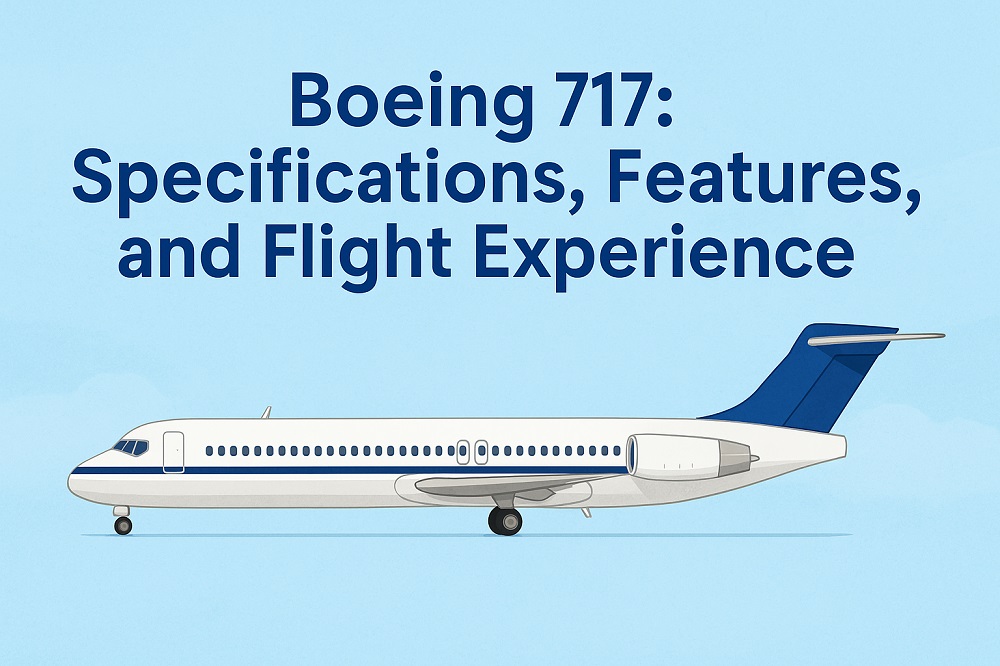Discover the remarkable Boeing 717, a twin-engine aircraft that revolutionized regional aviation with its exceptional efficiency and innovative design. Let’s explore how this aircraft combines advanced technology with practical features to deliver outstanding performance on short-haul routes.
Overview of the Boeing 717
The Boeing 717 represents a pinnacle of engineering in the regional aviation sector. This twin-engine, single-aisle jet airliner has established itself as a reliable workhorse for short-haul flights. Originally conceived as the MD-95 by McDonnell Douglas, this aircraft became an integral part of Boeing’s fleet following the historic merger of these aerospace giants.
- Passenger capacity – up to 117 passengers
- Flight range – 2,060 nautical miles (3,820 kilometers)
- Engine type – two Rolls-Royce BR715 turbofan engines
- Design – narrow-body with two columns of seats
History and Development of the Boeing 717
The Boeing 717’s story began in the mid-1990s as the MD-95, marking a significant milestone as McDonnell Douglas’s final commercial aircraft before merging with Boeing in 1996. The development timeline includes several crucial moments:
- 1995 – Initial launch with ValuJet as the launch customer
- 1996 – Boeing-McDonnell Douglas merger and rebranding to Boeing 717
- 1998 – First flight of the Boeing 717
- Early adopters – TWA and Impulse Airlines among the first operators
Design and Engineering of the Boeing 717
The Boeing 717’s engineering excellence focuses on maximizing performance in the short-haul market. The aircraft features:
- Advanced aerodynamic design for enhanced fuel efficiency
- Customizable fuel capacity with optional auxiliary tanks
- Optimized nose design for specific flight ranges
- Modern avionics and comprehensive safety systems
- Spacious cabin layout for passenger comfort
Specifications and Features of the Boeing 717
| Dimension | Measurement |
|---|---|
| Length | 118 ft 11 in (36.58 meters) |
| Wingspan | 93 ft 4 in (28.46 meters) |
| Height | 29 ft 1 in (8.86 meters) |
| Engine Thrust | 18,500 to 21,000 lbs |
Technical Specifications of the Boeing 717
The Boeing 717-200 demonstrates impressive capabilities with:
- Maximum passenger capacity – 134 seats
- Maximum speed – Mach 0.82
- Service ceiling – 37,000 feet
- Range – 2,060 nautical miles (3,820 kilometers)
- Advanced flight management system
Key Features of the Boeing 717
The aircraft’s standout features include:
- Modern wing design for reduced fuel consumption
- State-of-the-art avionics with auto-land capability
- Traffic Collision Avoidance System (TCAS)
- Enhanced Ground Proximity Warning System (EGPWS)
- Quick turnaround capabilities
- Spacious cabin with generous headroom
Performance and Capabilities of the Boeing 717
The Boeing 717 excels in operational efficiency with its Category IIIb ILS landing capability and advanced aerodynamics. The combination of modern technology and practical design elements creates an aircraft that delivers exceptional performance while maintaining cost-effectiveness for airlines operating short to medium-haul routes.
Engine Performance and Efficiency
The Boeing 717’s powerhouse consists of two Rolls-Royce BR715 turbofan engines, delivering impressive thrust ranging from 18,500 to 21,000 lbs. These advanced powerplants excel in both performance and environmental consciousness, offering superior fuel efficiency and reduced emissions – critical factors in modern aviation.
- Competitive cruise speeds while maintaining fuel economy
- Optimal performance for short to medium-haul routes
- Enhanced reliability reducing maintenance downtime
- Lower environmental impact through efficient fuel consumption
- Balanced power delivery for various operational scenarios
Seating Capacity and Interior Layout
| Configuration | Passenger Capacity | Layout Details |
|---|---|---|
| Two-class | 106 | 8 business (36″ pitch), 98 economy (32″ pitch) |
| Single-class | 117 | All economy (32″ pitch) |
| Three-class | 110 | 12 first, 15 economy comfort, 83 economy |
Flight Experience on the Boeing 717
The Boeing 717 delivers a distinctive flight experience that balances efficiency with passenger comfort. Its compact design facilitates quick boarding and deplaning processes, though this same characteristic can sometimes result in a more intimate cabin environment, particularly during full flights. The aircraft’s size makes it ideal for short-haul routes while maintaining reliable transportation standards.
Passenger Comfort and Amenities
- AC power ports and USB outlets at every seat
- Onboard Wi-Fi availability (varies by airline)
- Complimentary snacks and beverages on select routes
- Variable legroom depending on seating configuration
- Premium seating options near exits and wing-front locations
Cockpit and Pilot Experience
The Advanced Common Flightdeck (ACF) of the Boeing 717 represents a sophisticated pilot environment, featuring modern glass cockpit design shared with the MD-11. The integration of advanced avionics and digital displays enhances situational awareness and streamlines flight operations.
- Precise control during takeoff and landing phases
- Streamlined workflow through integrated systems
- Enhanced situational awareness via digital displays
- Reduced pilot workload through advanced automation
- Positive feedback from flight crews on handling characteristics
Other articles about Boeing aircraft:

